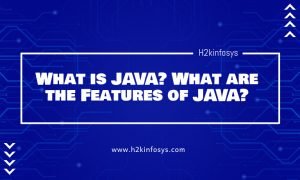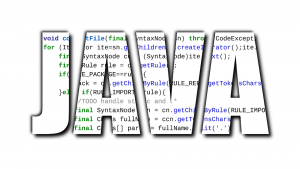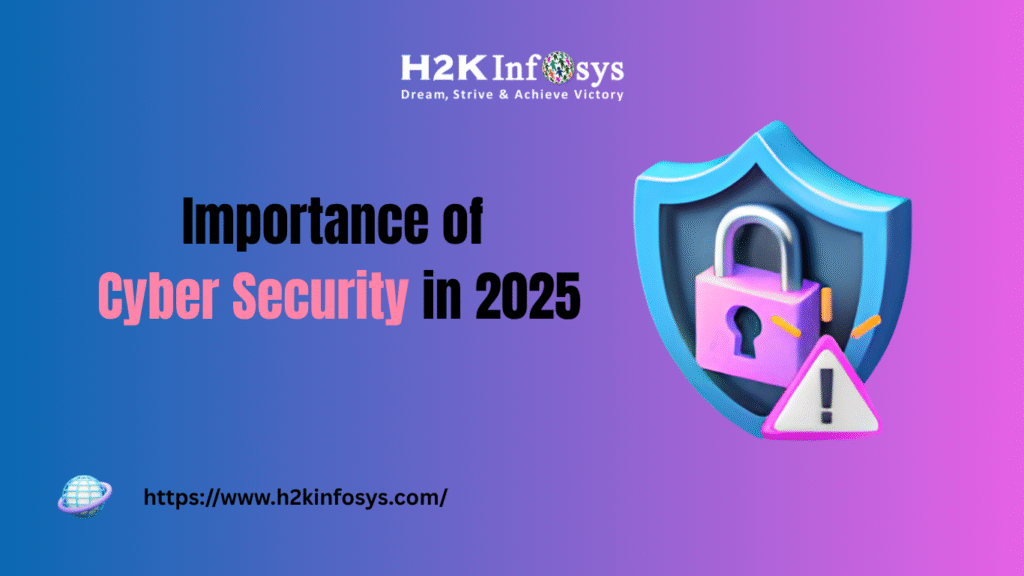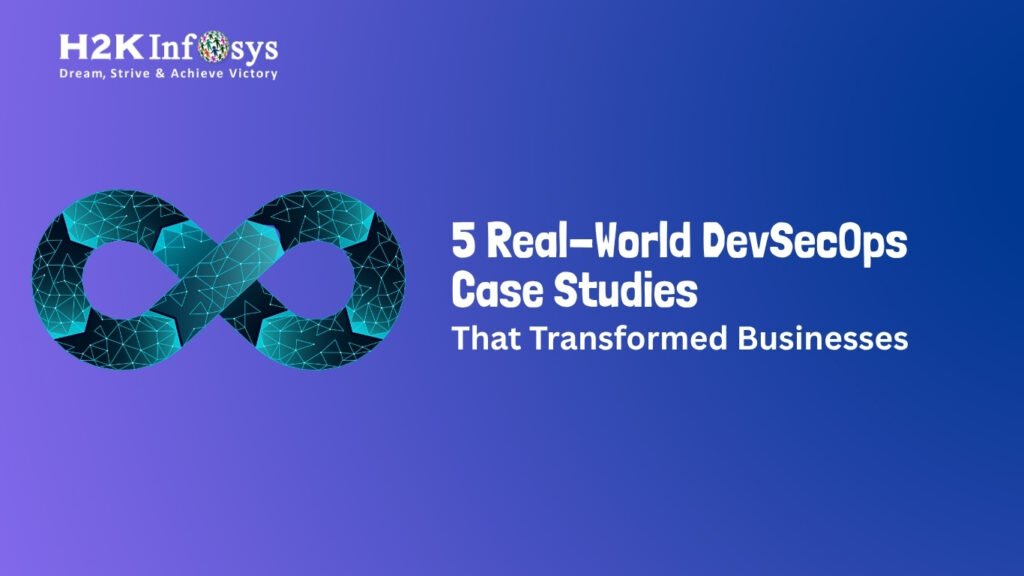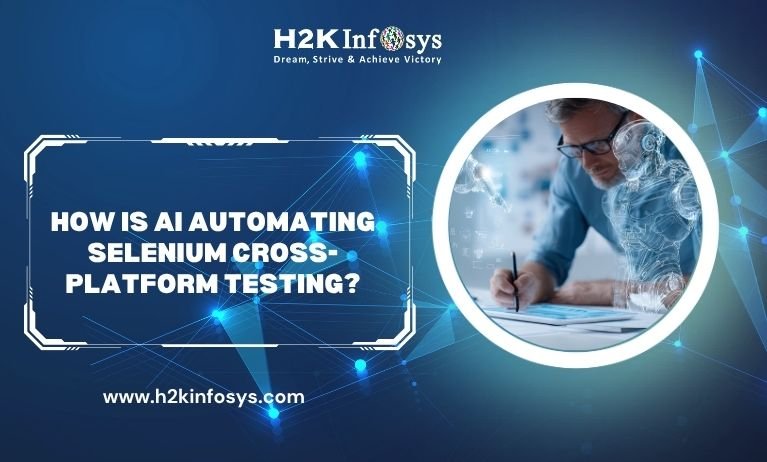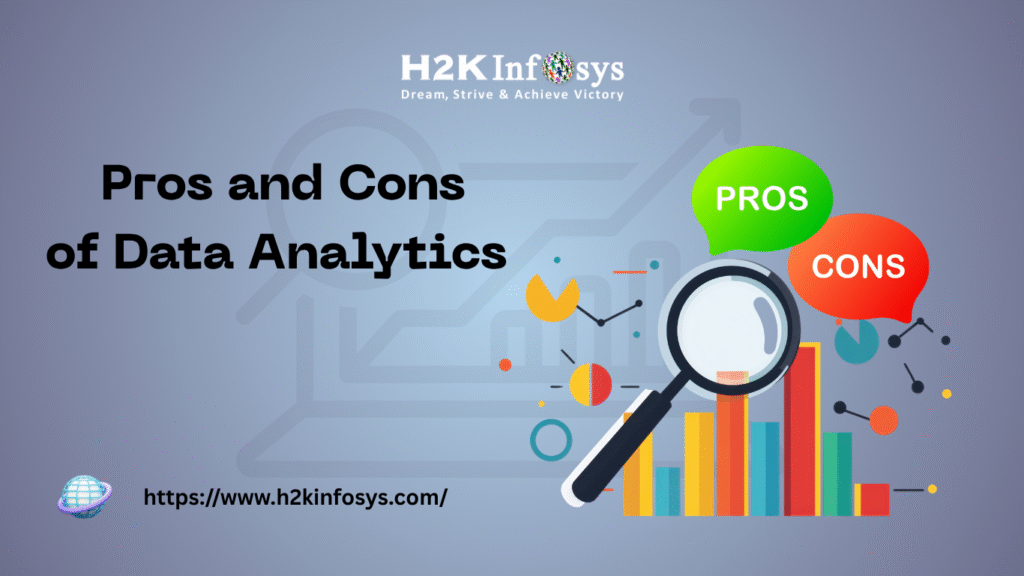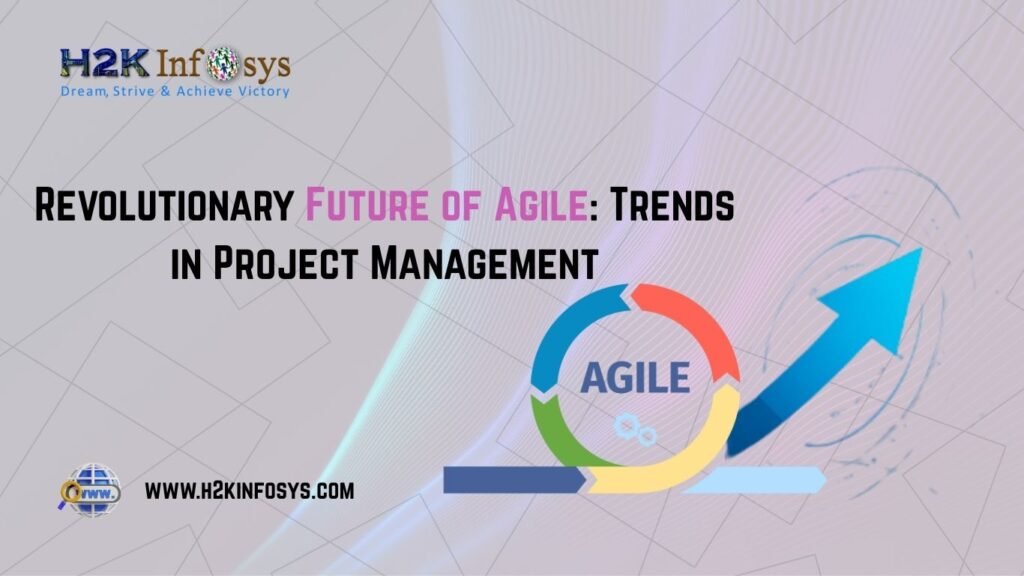Java is a popular programming language for web development, particularly on the server side. Java web applications are distributed applications that operate over the internet. Java web development enables us to design dynamic web pages that allow users to interact with the interface.
There are several techniques to build dynamic web pages in Java. Developers can use the Java EE (Enterprise Edition) platform to construct web applications using a variety of Java technologies. Java EE provides services such as distributed computing and web services. Java applications can be constructed without the use of any extra scripting languages. Let’s have a look at how to create web applications using Java. You can learn more about Java Web application technologies when you learn Java online.
Building a web application in Java can be extremely useful, particularly when working with applets and server-side apps. Regardless of which version of Java is used to create web apps, the projects will remain dynamic and robust.
Java Web Application
A web application enables clients to communicate with the server and obtain information. Java is ideal for constructing massive web applications due to its ability to interface with a wide range of platforms. Peer-web services, database connectivity, and back-end services can all be accessed using Java web development.
Java offers a variety of web development platforms. Let us look at some of the popular Java web application technologies that are utilised to construct Java web applications.
1.Servlet API
The javax.servlet package includes a variety of interfaces such as servlet, filter, filter chain, and servletconfig. Servlet extends the capabilities of servers used to host applications. The request-response model is used in Java servlet-based web applications. The life cycle of Servlet begins when it is initialised and ends when it is collected by the garbage collector.
Servlets offer its consumers a platform-independent service for web development. Aside from creating dynamic web pages, servlets are useful in a variety of other activities, such as gathering input via web page forms, presenting data from a database or any third-party source, and so on.
Servlets are Java programs that run on web applications and transport client requests to databases/servers. The servlets assist in processing the client’s request and returning results after talking with the database.
2.JSP
Developers use JavaServer Pages (JSP) technology to quickly produce online content that is independent of platform and server. Instead of using separate CGI (Common Gateway Interface) files to incorporate dynamic elements in HTML pages, JSP technology allows access to the whole range of Java APIs.
Web development is made simple by using special JSP tags that allow you to insert Java code into HTML pages. A JSP page contains static data written in HTML, WML, XML, and other formats, as well as JSP technology features that control the dynamic flow of web content. Servlet code snippets can be added directly to a text-based document using JSP technology. JSP is a popular technology given by Java EE that enables developers to quickly create complex dynamic web pages.
3.JDBC API
Java Database Connectivity (JDBC) provides methods and queries for accessing databases. Clients can edit any information in the database using web apps that have JDBC drivers. JDBC drivers are classified into four types: JDBC-ODBC Bridge Driver, Native Driver, Network Protocol Driver, and Thin Driver. They are used to connect to databases. Clients can connect to the database through JDBC API-enabled applications and update, delete, save, and access data.
JDBC can read any database and convert the data into an XML format. The JDBC API supports both synchronous and asynchronous processing. The processed results are presented to the clients in a fairly straightforward manner using JDBC. It supports several SQL statements and queries that can be used to connect to the database.
4.Java Persistence API
The Java Persistence API (JPA) connects an object-oriented model to a database through object-relational mapping. Relational data in Java applications can be managed using Java Persistence. It aids in storing and retrieving a significant volume of data in/from databases. You don’t need to utilize many code or proprietary frameworks to interface with the database; JPA will offer you a simple way to communicate with the database utilizing an object-relational approach. JPA is a collection of efficient classes and methods that allow you to connect to the database.
5.JavaServer Faces Technology
JavaServer Faces (JSF) Technology is a UI platform for developing web-based interfaces. JSF provides a straightforward approach for creating components in a variety of scripting and markup languages. The UI widgets communicate with the data sources and server-side event handlers. Existing standard UI components can be reused and expanded to build interfaces using JSF. JSF helps to reduce the effort required to create and manage web applications.
Conclusion There are still many other Java Web Application Technologies available for you, but these are just five of them. To learn more, check out our free java course with certificate course.



